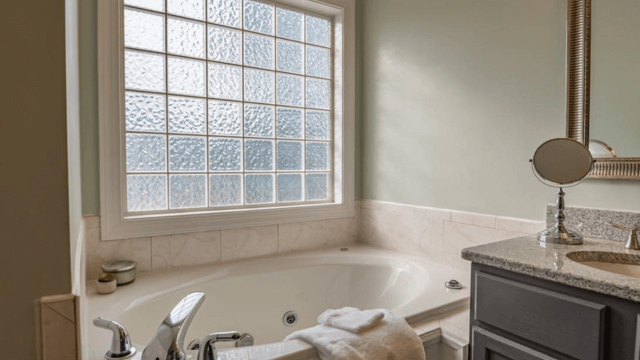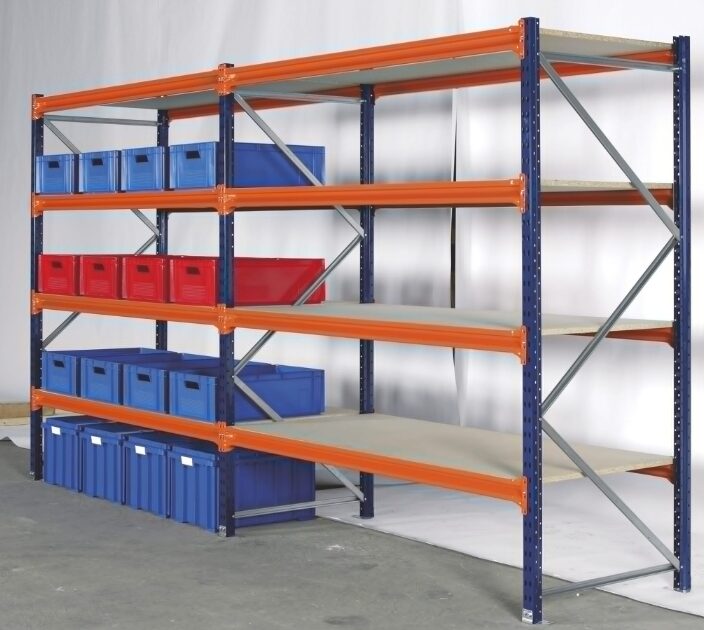Exploring the Beauty and Sustainability of Cotton Blended Fabrics in Interior Design

Contents
- 1 Introduction
- 2 Understanding Cotton Blended Fabrics
- 3 Advantages of Cotton Blended Fabrics in Interior Design
- 4 Popular Applications of Cotton Blended Fabrics
- 5 Tips for Incorporating Cotton Blended Fabrics into Interior Design
- 6 Environmental Benefits of Cotton Blended Fabrics
- 7 The Future of Cotton Blended Fabrics in Sustainable Interior Design
- 8 Conclusion
Introduction
As we strive to create environmentally conscious and sustainable spaces, the choice of fabrics plays a crucial role in interior design. One material that has gained immense popularity in recent years is cotton blended fabrics. These textiles combine the natural beauty and softness of cotton with the enhanced characteristics of other fibers, resulting in a versatile and eco-friendly option for designing stunning interiors. In this blog, we will delve into the world of cotton blended fabrics, uncovering their benefits, popular applications, design tips, environmental advantages, and the promising future they hold in sustainable interior design.
Understanding Cotton Blended Fabrics
Cotton blended fabrics are a harmonious fusion of cotton fibers with other synthetic or natural fibers.
The combination of these materials results in a fabric that combines the best qualities of each component the fabric combination usually used in king sheets. The inclusion of cotton in these blends provides a soft and breathable texture, while the additional fibers enhance durability, performance, and aesthetic appeal. These fabrics often incorporate sustainable cotton, making them a preferred choice for environmentally conscious design enthusiasts.
Advantages of Cotton Blended Fabrics in Interior Design
When it comes to interior design, cotton blended fabrics offer a myriad of advantages. Let’s explore a few key benefits that make them an excellent choice for creating sustainable and visually appealing spaces.
Durability and Longevity
Blending cotton with other fibers improves the fabric’s strength and durability. This characteristic is particularly beneficial for high-traffic areas or furniture upholstery, where longevity is a priority. By choosing cotton blended fabrics, you can ensure that your interior design elements maintain their beauty and functionality for years to come.
Versatility and Aesthetic Appeal
Cotton blended fabrics offer a wide range of possibilities for interior design. These fabrics come in various patterns, textures, and colors, making them versatile for different design themes and styles. Whether you seek a classic, elegant look or a contemporary, bold statement, cotton blended fabrics can effortlessly complement your vision and enhance the overall aesthetic of the space.
Popular Applications of Cotton Blended Fabrics
Cotton blended fabrics find their place in numerous applications within interior design. Let’s explore two popular areas where these fabrics excel:
Upholstery and Draper
Cotton blended fabrics are an excellent choice for upholstery and drapery due to their durability and softness. From sofas and armchairs to curtains and blinds, these fabrics can withstand regular use while providing a cozy and inviting atmosphere. Moreover, their diverse range of patterns and colors allows for endless creative possibilities, enabling you to curate a space that reflects your personal style.
Bedding and Linens
The comfort and breathability of cotton make it a popular choice for bedding and linens. Blending cotton with other fibers enhances its properties, resulting in sheets, duvet covers, and pillowcases that are not only soft but also resistant to pilling and fading. Cotton blended fabrics offer a luxurious and eco-friendly option for creating a restful and sustainable sleep environment.
Tips for Incorporating Cotton Blended Fabrics into Interior Design
To make the most of cotton blended fabrics in your interior design, consider the following tips:
Consider the Functionality
Before selecting cotton blended fabrics, evaluate the functionality requirements of the space. If you expect heavy use or have children or pets, opt for fabrics with a higher synthetic fiber content for added durability. For decorative accents or areas with lighter usage, a higher cotton ratio will provide a softer touch.
Harmonize with Existing Elements
When incorporating cotton blended fabrics into your design, take into account the existing elements in the space. Consider the color palette, textures, and patterns of furniture, flooring, and wall coverings. Aim for a harmonious blend of materials that complement and enhance each other, creating a cohesive and visually pleasing ambiance.
Environmental Benefits of Cotton Blended Fabrics
Cotton blended fabrics not only offer aesthetic and functional benefits but also contribute to sustainable interior design. Let’s explore the environmental advantages of choosing cotton blended fabrics:
Reduced Water Consumption
Cotton is known for its high water requirements during cultivation. However, by blending cotton with other fibers, the overall water consumption can be significantly reduced. The incorporation of sustainable cotton in these blends ensures that less water is utilized in the fabric production process, making them a more water-efficient choice compared to fabrics made solely from conventional cotton.
Biodegradability and Sustainability
One of the key environmental benefits of cotton blended fabrics is their biodegradability. Natural cotton fibers, combined with other eco-friendly fibers, create textiles that can decompose over time, reducing their environmental impact. By choosing these fabrics, you can contribute to a more sustainable interior design approach, minimizing waste and promoting a circular economy.
The Future of Cotton Blended Fabrics in Sustainable Interior Design
The future of cotton blended fabrics looks promising, driven by innovation, technological advancements, and evolving consumer demands. Here are two factors shaping the future of these sustainable fabrics in interior design:
Innovation and Technological Advancements
Continuous research and development efforts are focused on improving the performance and sustainability of cotton blended fabrics. Innovations in fiber blending techniques, dyeing processes, and fabric finishing methods aim to enhance durability, breathability, and eco-friendliness. With ongoing advancements, cotton blended fabrics will continue to evolve and provide even better options for sustainable interior design.
Consumer Demand and Market Trends
Increasing awareness about environmental issues has led to a growing demand for sustainable and eco-friendly products. As consumers become more conscious of their choices, the demand for cotton blended fabrics, especially those incorporating sustainable cotton, is expected to rise. Interior designers and manufacturers are responding to this demand by offering a wider range of cotton blended fabrics, thereby expanding the market for sustainable interior design solutions.
Conclusion
Cotton blended fabrics offer a remarkable combination of beauty, functionality, and sustainability, making them an ideal choice for interior design enthusiasts. With their durability, versatility, and aesthetic appeal, these fabrics can transform any space into a visually stunning and eco-friendly environment. So, embrace the beauty and sustainability of cotton blended fabrics and embark on a journey towards creating eco-conscious and visually captivating interiors.






